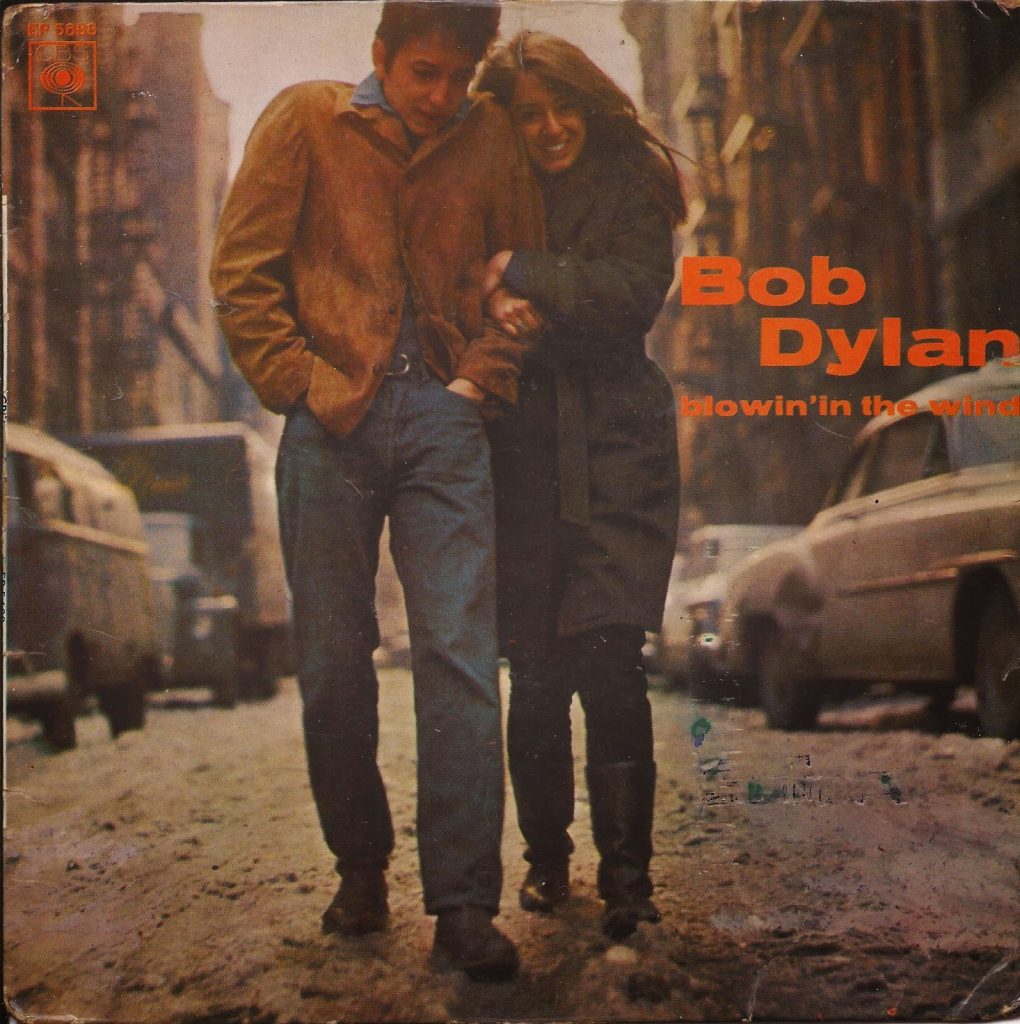
Blowin’ in the Wind: A Lyrical Ballad of Profound Questions
In the realm of music, there are songs that entertain, songs that inspire, and then there are songs that transcend time and genre, etching themselves into the very fabric of society. Bob Dylan’s “Blowin’ in the Wind” falls squarely into the latter category. This 1963 ballad, a cornerstone of Dylan’s illustrious career, is more than just a song; it is a poetic odyssey, a philosophical musing, and a social commentary that continues to resonate with listeners across generations and cultures.
From the opening line, “How many roads must a man walk down before they call him a man?”, Dylan sets the stage for a journey of introspection and inquiry. His lyrics, simple yet profound, paint vivid images and pose thought-provoking questions that challenge listeners to examine their own beliefs and values. “How many seas must a white dove sail before she sleeps in the sand?” he asks, weaving together themes of peace, freedom, and the universal human quest for meaning.
The song’s anthemic chorus, “The answer, my friend, is blowin’ in the wind,” is both a declaration and a lament. It suggests that the answers to life’s most profound questions are not hidden away in some distant land but are instead swirling around us, waiting to be discovered. Yet, it also acknowledges the elusiveness of truth, the difficulty of grasping definitive answers in a world of complexity and contradiction.
“Blowin’ in the Wind” is more than just a collection of poignant lyrics; it is a musical masterpiece. Dylan’s harmonica playing, a signature element of his early work, adds a haunting, evocative layer to the song, while his vocal delivery, imbued with both passion and vulnerability, perfectly captures the emotional weight of his words.
The song’s impact extends far beyond the realm of music. It has been adopted as an anthem for civil rights movements, anti-war protests, and countless other struggles for social justice. Its message of hope, resilience, and the pursuit of a better world has inspired generations of activists and dreamers.
“Blowin’ in the Wind” is a testament to the power of music to transcend boundaries, challenge perspectives, and ignite change. It is a song that has stood the test of time, its relevance undiminished by the passage of decades. As Dylan himself once said, “The times they are a-changin’,” but the enduring message of “Blowin’ in the Wind” remains a constant, reminding us of the universal human quest for understanding, compassion, and a more just world.